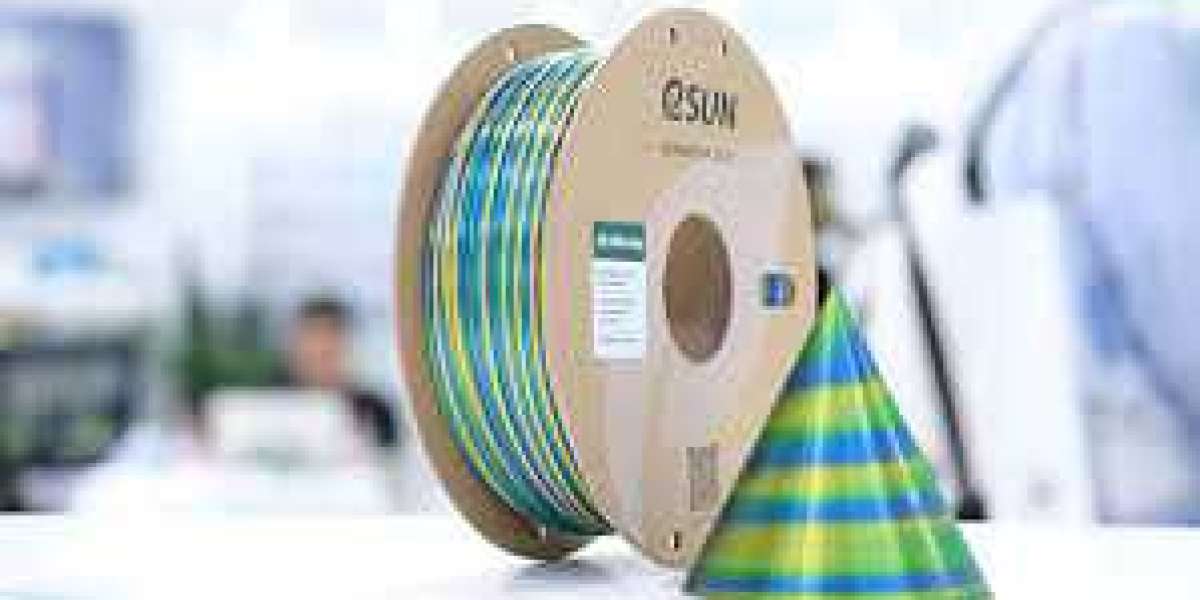Silk PLA filament is an innovative 3D printing material that combines silk with PLA (polylactic acid) for both aesthetic and environmentally friendly properties. However, there are certain considerations to keep in mind when using this material to ensure print quality and extend the life of the device. Here are some important tips when using silk PLA filament.
Material storage
Dry environment: PLA material easily absorbs moisture in the air, resulting in bubbles and deformation during printing. Therefore, storage should ensure that the environment is dry, you can use sealed bags or drying boxes, and put desiccant.
Avoid high temperature: High temperature will accelerate the degradation of PLA material and affect its performance. The filament should be stored in a cool place, away from direct sunlight and high temperatures.
Keep away from children and pets: Although PLA material is relatively safe, it is still necessary to keep it out of reach of children and pets in case of ingestion or other accidents.
Pre-print preparation
Print bed preparation: To ensure good adhesion, special print bed coatings such as glue, tape, or special 3D printed bed surface treatment agents can be used. For silk PLA filaments, it is recommended to use a printing bed with a temperature between 50-60 ° C.
Extruder cleaning: Before replacing new materials, it is important to clean the extruder to prevent chemical reactions and clogging between different materials. The extruder can be cleaned using specialized cleaning wires or by extruding a small amount of old material at high temperatures.
Print parameter setting
Printing temperature: The optimal printing temperature of silk PLA filament is usually between 190-210 ° C, and the specific temperature needs to be adjusted according to the printer model and material brand.
Printing speed: It is recommended to use a slower printing speed to give full play to the aesthetic characteristics of silk PLA filament. Beginners can start with a speed of 30-50mm/s.
Height and filling rate: The height is recommended to be set at about 0.2mm, and the filling rate is adjusted according to the needs of the model, usually between 20%-50%. The appropriate height and filling rate can ensure the strength and beauty of the printed part.
During printing
Monitor printing: At the beginning of printing, closely observe extrusion and model forming to ensure there are no clogging or print quality issues.
Avoid interruptions: Try to avoid interruptions or pauses in the printing process, which can lead to a decrease in print quality. If you must interrupt, resume printing as soon as possible and check the model for damage.
Post-print processing
Cooling: After printing, let the model cool naturally and avoid touching the hot print directly with your hand to prevent burns.
Removal of support: If supporting material is used, the support should be carefully removed after the model has completely cooled and finished with sandpaper or a cutter to improve the appearance quality of the model.
Post-processing: The silk PLA filament print can be post-processed by grinding, painting and other ways to obtain better visual effects.
Other notes
Printer maintenance: Regular maintenance and cleaning of the printer, especially the nozzle and extruder parts, to ensure print quality and equipment life.
Safe operation: When operating the 3D printer, be sure to follow the safe operation procedures to avoid electric shock, burns and other accidents.
By following the above considerations, you can ensure the best results when 3D printing with silk PLA filaments and extend the service life of your equipment and materials.







